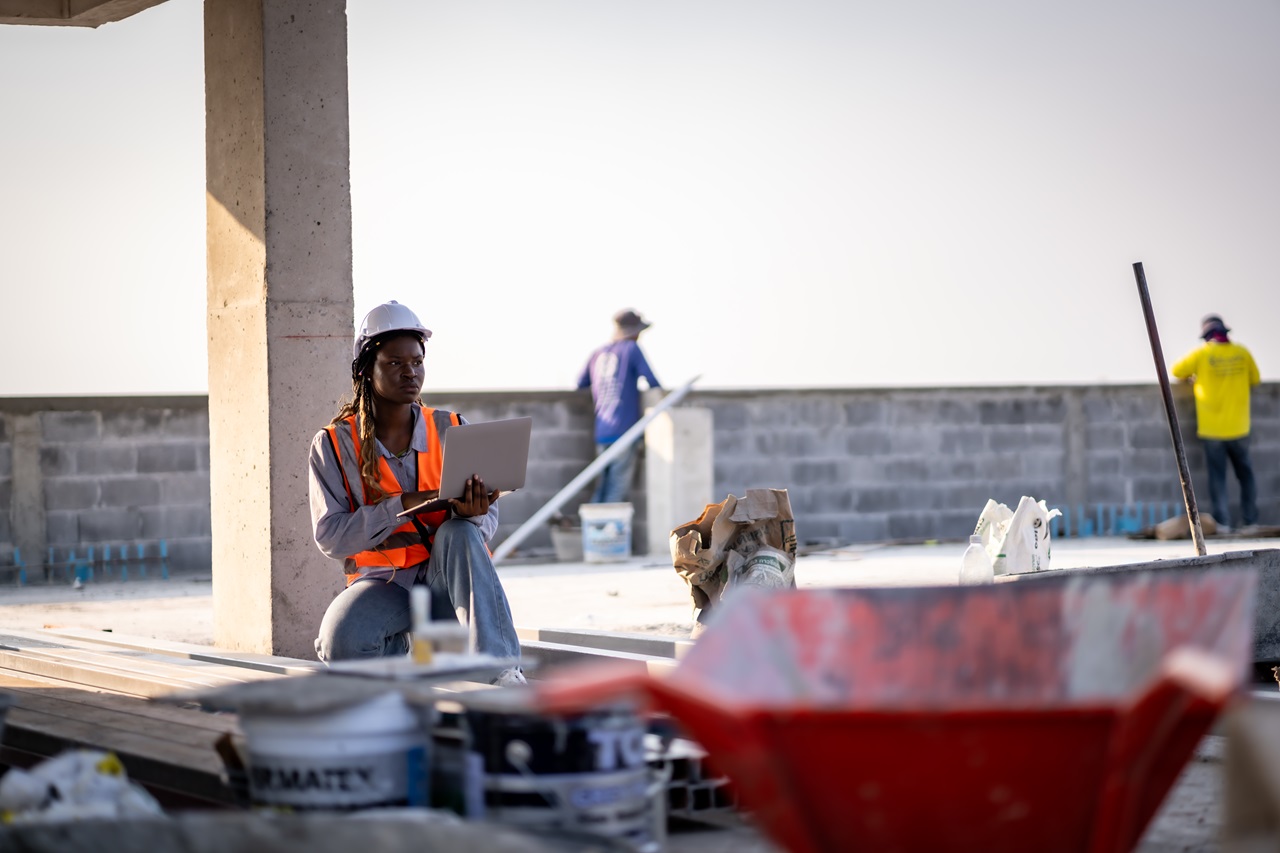Top Admin Apps for Construction Teams
Managing a construction project involves juggling many tasks, from scheduling...

Managing injuries in the construction industry is vital for ensuring worker safety and maintaining project efficiency. Construction sites are inherently risky, and without proper injury management, accidents can lead to significant downtime, increased costs, and even legal issues. Technology plays a critical role in improving how we handle these challenges, making the entire process more effective and responsive.
Integrating advanced tools into our injury management protocols can prevent accidents before they happen. Technologies such as wearable devices and safety sensors help monitor worker conditions and site hazards, enabling us to take proactive steps. Additionally, digital reporting systems allow us to document and respond to incidents quickly, ensuring immediate action and thorough follow-up.
Utilising construction technology not only aids in the immediate response to injuries but also in long-term safety strategy planning. By tracking and analysing injury data, we can identify patterns and implement measures to reduce future risks. These advancements contribute to a safer and more productive work environment, ultimately benefiting both the workers and the project outcomes.
Preventing injuries on construction sites is our primary goal. Technology offers several solutions to help us achieve this. Wearable devices, for instance, can monitor workers’ vital signs and environmental conditions. These wearables can detect fatigue, dehydration, or exposure to harmful substances, alerting workers and supervisors before conditions become dangerous. This real-time monitoring adds a vital layer of safety that traditional methods simply can’t match.
Another effective tool is the use of safety sensors. These sensors can be installed around the construction site to monitor various hazards. For example, they can detect gas leaks, unstable structures, or even the presence of toxic substances.
Immediate alerts from these sensors allow us to evacuate the area or take corrective action quickly, preventing injuries and ensuring a safer work environment. These technologies act as our eyes and ears, providing critical information that keeps everyone safe.
When an injury does occur, reporting it accurately and swiftly is crucial. Digital reporting systems make this process much more efficient. Instead of filling out paper forms that can get lost or damaged, we can use mobile devices to document incidents immediately. These digital forms often come with prompts and checklists, ensuring that all necessary information is captured. This thorough documentation helps us understand what happened and what needs to be done to prevent future incidents.
Streamlined reporting also aids in compliance. Construction sites must adhere to strict safety regulations, and accurate records are essential for proving compliance. Digital documentation systems store all incident reports securely in the cloud, making them easy to access when needed. Whether it’s for an internal review or an external audit, having well-organised records ensures that we’re always ready to demonstrate our commitment to safety.
Responding to injuries swiftly is essential to minimise harm and facilitate recovery. Construction technology enables us to react to incidents in real-time. With digital communication tools, any worker can instantly report an injury or hazard using their mobile device. This immediate notification system ensures that the right people are alerted right away, allowing for a faster response time.
For example, when an injury occurs, digital systems can automatically alert first responders, supervisors, and medical personnel. Response teams can access crucial information, such as the exact location of the incident and the nature of the injury, through geo-tagging and detailed reports. This ensures that injured workers receive timely and appropriate medical attention, reducing the severity of their injuries and speeding up their recovery process.
Understanding the patterns and causes of injuries is key to improving site safety. Construction technology allows us to track and analyse injury data comprehensively. Digital timesheets and incident reporting systems gather detailed information about each incident, including when and where it happened, the circumstances leading to it, and the individuals involved. This data is invaluable for identifying trends and recurring issues.
By systematically analysing this data, we can pinpoint high-risk activities and areas within the construction site. This allows us to implement targeted safety measures and training programs to address specific risks.
Additionally, keeping detailed records helps us comply with legal requirements and demonstrate our commitment to maintaining a safe working environment. Using this information, we can continuously improve our safety protocols and reduce the likelihood of future accidents.
Incorporating technology into injury management processes greatly enhances our ability to prevent, respond to, and analyse incidents on construction sites. Technology is vital for effective injury management, from implementing preventative measures through wearable devices and safety sensors to ensuring streamlined reporting and real-time responses. Tracking and analysing data further helps us recognise patterns and implement improvements, contributing to a safer work environment.
Effective injury management in Sydney is essential for the success of any construction project. If you’re ready to leverage construction technology for better injury management, visit Edara Apps today. Let us help you create a safer and more efficient construction site!
Comments